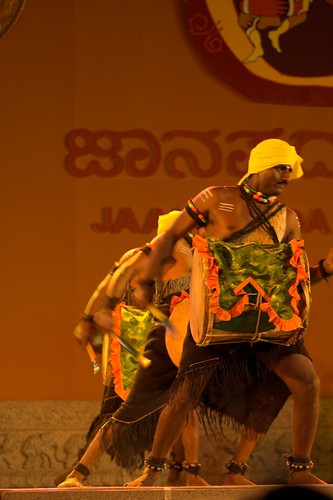 The lotus flower is one of the most ancient and deepest symbols of our planet. The lotus flower grows in muddy water and rises above the surface to bloom with remarkable beauty. At night the flower closes and sinks underwater, at dawn it rises and opens again. Untouched by the impurity, lotus symbolizes the purity of heart and mind. The lotus flower represents long life, health, honor and good luck.
The lotus flower is one of the most ancient and deepest symbols of our planet. The lotus flower grows in muddy water and rises above the surface to bloom with remarkable beauty. At night the flower closes and sinks underwater, at dawn it rises and opens again. Untouched by the impurity, lotus symbolizes the purity of heart and mind. The lotus flower represents long life, health, honor and good luck.
Eastern lotus flower

The Lotus flower is viewed as a representation of spirituality according to the eastern culture. The lotus flower is often viewed as a symbol of aspirations to rise towards the light as the roots of the lotus flower has its roots in the mud but it grows in the upward direction.
Egyptian lotus flower

According to the Egyptian culture the lotus flower symbol was known by the name of 'Sesan'. As per the mythology of Egypt the lotus flower symbolized the sun as well as formation and revival.
Christian lotus flower
The lotus flower is a representation of piousness and fertility. The lily flower in the Christian culture basically replaces the lotus flower. The lily flower according to the Christian culture is associated with Mary who is known as the queen of heaven.
The lotus flower has been given a sacred place in Indian culture. It plays a huge role in the art and mythology there and has done so for centuries. In Indian society, the lotus represents divinity, fertility, wealth, knowledge, and enlightenment. Perhaps the reverence of the flower stems from the fact that is an unquestionable beauty despite the fact that it grows out of murky waters and mud. Because of its ability to grow in the water, the lotus is often referred to as the water lily.It is mentioned in all the Hindu scriptures because it is very sacred to the Gods.

The indian poets have used the lotus as a simile in praise of the feet of the Gods and Goddesses. All the Vedas sing in praise of the lotus. In the Yogasastra, the six Chakras are depicted with the lotus as the base. According to the Mahayana sect of Buddhism, all the souls originate from the lotus.




















































